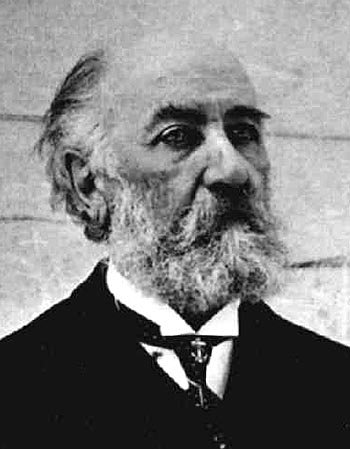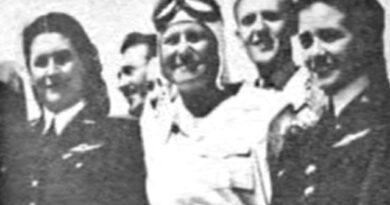Victor Tatin, An Early Aviation Pioneer
One of the most important factors that made aviation the great industry that it is today is those who have devoted their lives to this passion in the early days of flight. They were visionaries who chould really see the true potential that air travel had. They were brave and brilliant pioneers who weren’t afraid to explore the unexplored. One of those pioneers who have impacted aviation industry to a great extent was Victor Tatin, the French engineer who made the “Aéroplane” in the early days of flight.
In this blog post we are going to explore the life and accomplishments of this great aviation theorist. Moreover, we are going to take a little look at the aircraft model that he built in 1879. Hopefully, we will have something to learn from the life of this great engineer and aviation pioneer.
Life of Victor Tatin
Victor Tatin was born on the 10th of July 1843 in Paris, France. We don’t know much about his early life other than the claim that he worked as a jeweler for some time. His entry into the world of science and engineering happened when he started working as assistant to Étienne-Jules Marey in 1874. Marey was a doctor and an inventor studying the flight of birds. Victor Tatin worked as his assistant for 4 years, learning from him as he helped in his projects.

While working as Marey’s assistant, Tatin designed and built mechanical birds. Building these little mechanical birds helped him a lot when designing one of the earliest aircraft models. Because he was highly influenced by the anatomy of birds, Tatin first experimented with aircraft models with flapping wings. However, it made these first models require too much power and Tatin quickly realized that.
Accomplishments of Victor Tatin
Following these first models that Tatin didn’t consider promising, he moved on to new ideas. In 1879 he built the first model aircraft that took off using its own power. It was a small aircraft model that taught us a lot of big lessons about flying machines. First of all, it showed many who didn’t believe humans could fly that air travel was possible. Secondly, it showed the promise that aviation had to those who wanted something tangible. This little machine that Tatin built was one of the milestones on the way to success in aviation.
The model was called the Aéroplane and it had a wingspan of 1.90 m (6 ft 3 in) and weighed 1.8 kg (4.0 lb). It was powered by a compressed-air engine and took of at a speed of 8 mt./second. After this successful attempt at making a model aircraft that could fly, Tatin wanted to move on to something bigger. Collaborating with Charles Richet, they managed to fly a steam-powered model with a wingspan of 6.6 m (21 ft 8 in) at a speed of 18 mt./second.
He devoted the rest of his life to experimenting with newer and better aircraft to advance the aviation industry. He was one of the founding members of the Aéro-Club de France and also he was made Chevalier of the Legion of Honor, a very esteemed title, in 1909. On the 18th of April 1913, Victor Tatin died at the age of 69. He showed us that with enough willpower and thorough examination, anyone can make the impossible possible.
References and Further Reading:
- Wikipedia: https://en.wikipedia.org/wiki/Victor_Tatin
- Musée de l’Air et de l’Espace: https://www.museeairespace.fr/
- Aviation History Magazine: https://www.aviationhistory.org/
- French Aviation to 1908: https://docs.google.com/document/d/1Tf3M0nnTsPwvW2cB25Pe4O8e1qgFhiXNacWH7VeviLY/
For more aviators click.


